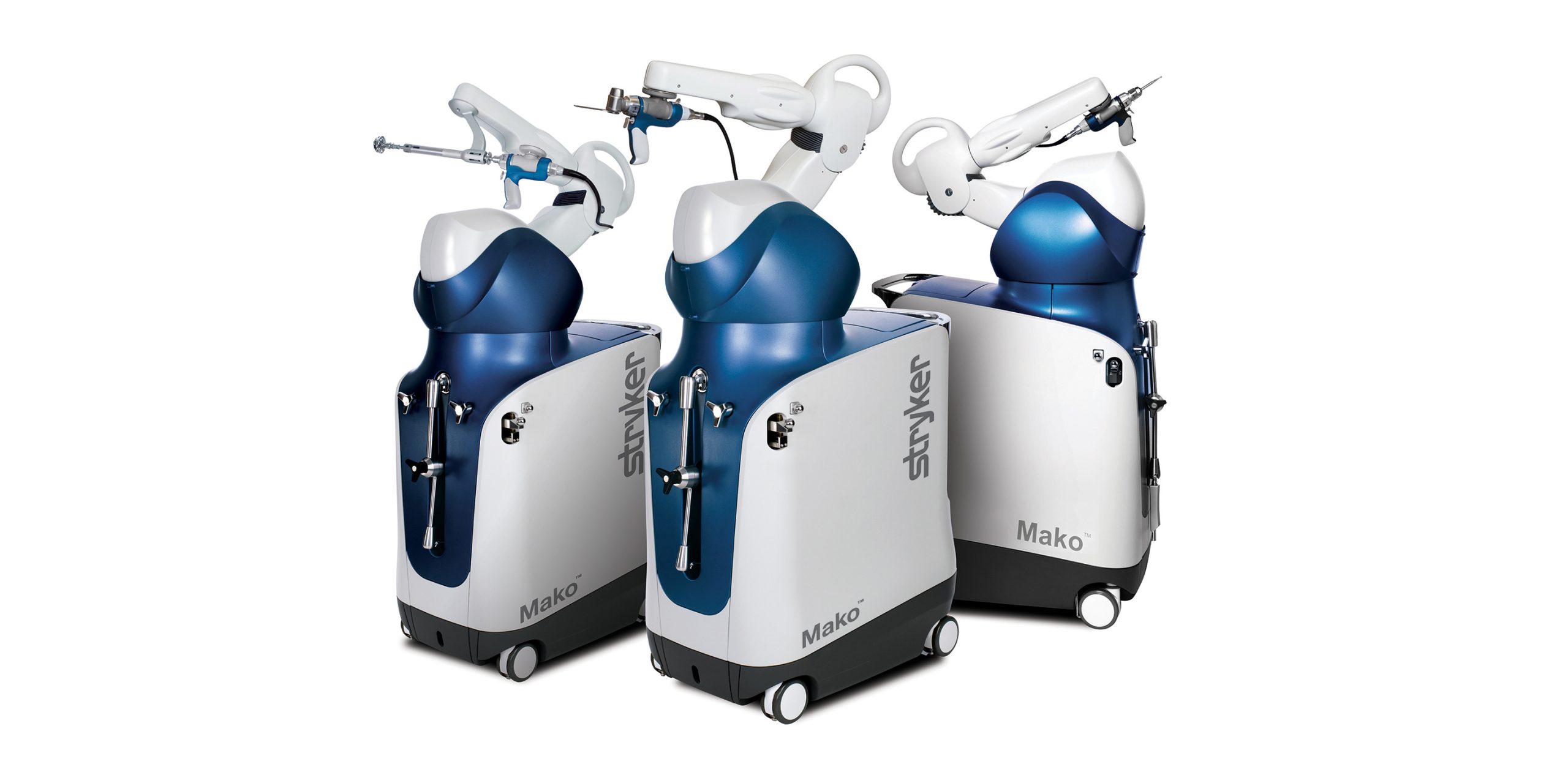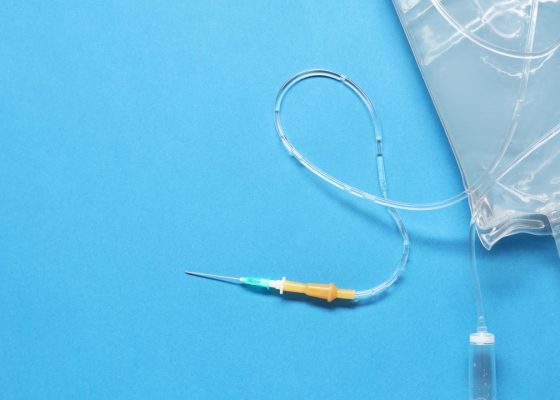Patients getting a knee or hip replacement won’t have to hobble as far from home to benefit from robotic-assisted surgery.
A northern Melbourne hospital has acquired a new robot. But fear not; this one won’t write poetry, make up scientific “facts” or take your job.
It will, instead, improve outcomes and reduce pain for patients undergoing hip and knee replacements, according to Ramsay Health Care.
The Stryker Mako robot is now in use at Ramsay’s Northern Private Hospital in Epping.
It’s a surgeon-controlled, robotic arm that increases the accuracy of total and partial knee and hip replacement, reducing disruption to soft tissue and subsequent pain in the early recovery period.
“The Mako robot enables the surgeon to develop a 3D patient specific plan, based on the patient’s own anatomy, and to carry out that plan with increased accuracy and reproducibility,” said orthopaedic surgeon Dr Andrew Gong, who earlier this month performed the hospital’s first procedure using the device.
“The planning software also allows us to perform a virtual range of motion check before hip surgery, which can identify potential future issues like dislocation, so we can adjust the component position to avoid the problem,” he said.
Dr Gong is one of three surgeons trained to use the robot at the hospital, which opened in February, giving patients access to the treatment close to home.
Northern Private Hospital CEO Shaune Gillespie echoed Dr Gong’s sentiment.
“We’re committed to offering the local community leading private health care services close to home, and we’re proud to invest in robotic technology which is designed to offer improved surgical outcomes for patients,” Mr Gillespie said.
The Stryker Mako robot has been assisting with hip replacements in Australia since 2016 and partial knee replacements since 2015.
More than 30% of primary total knee replacements in Australia are performed using image derived instrumentation and robotics and more than 40% of unicompartmental knee replacements, according to the Australian Orthopaedic Association National Joint Replacement Registry 2023 Annual Report.
“Robotic assistance is associated with a reduced revision risk for unicompartmental knee replacement, but its use is restricted to specific prostheses,” the report said.
“There is no difference in the rate of revision [for knee replacement insertion] when procedures using robotic assistance are compared to procedures with no technology assistance,” the report says.



